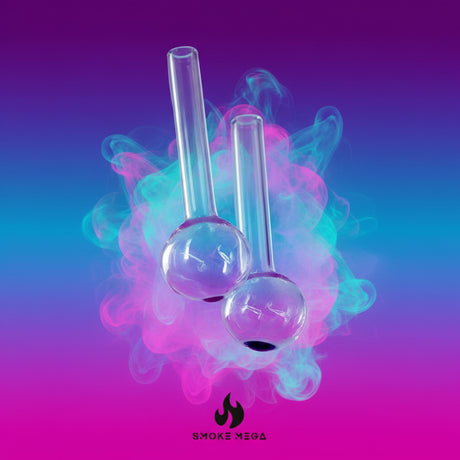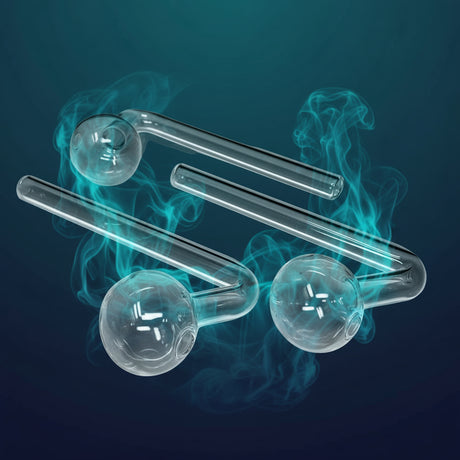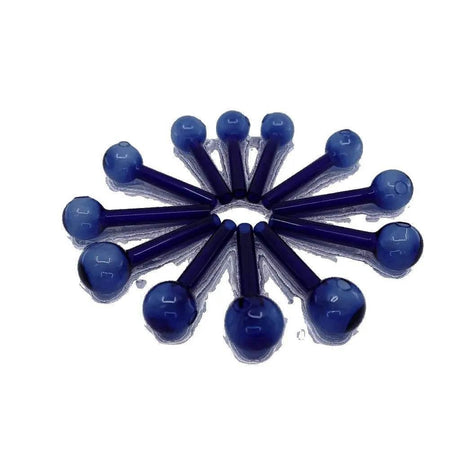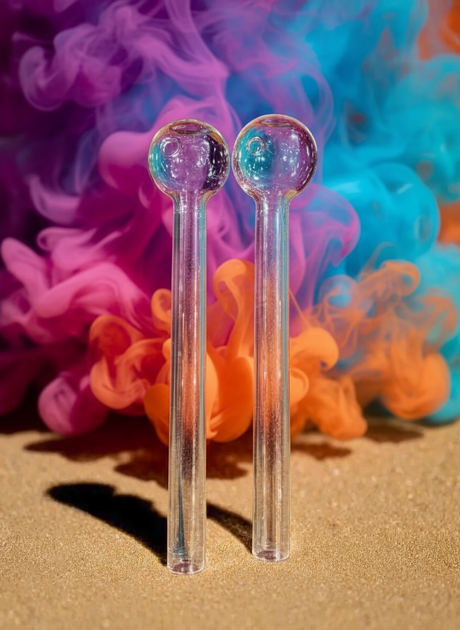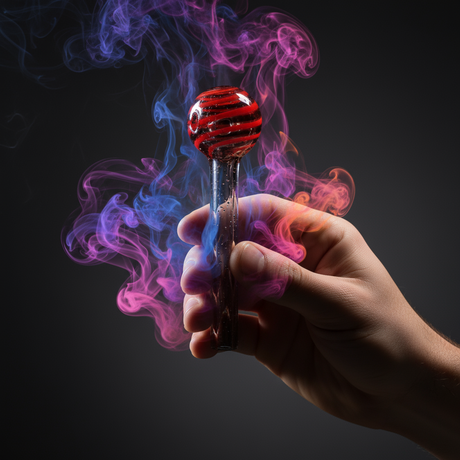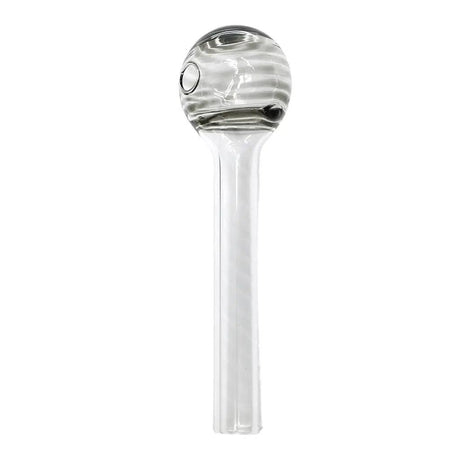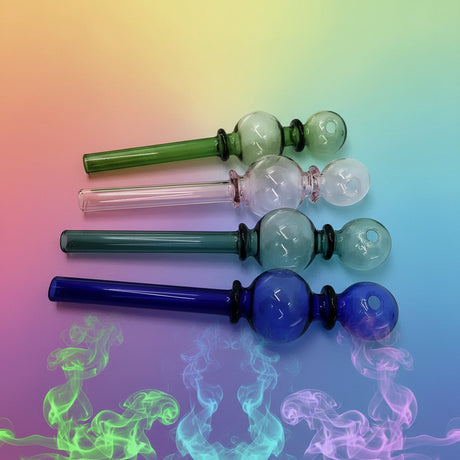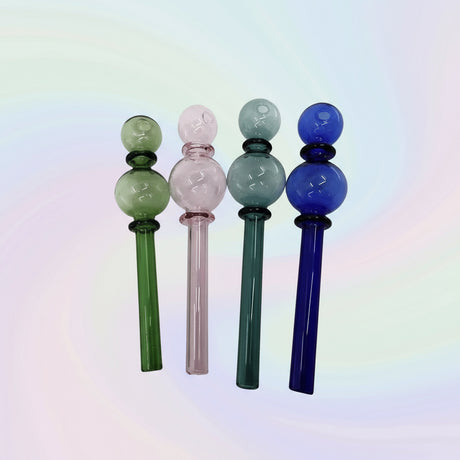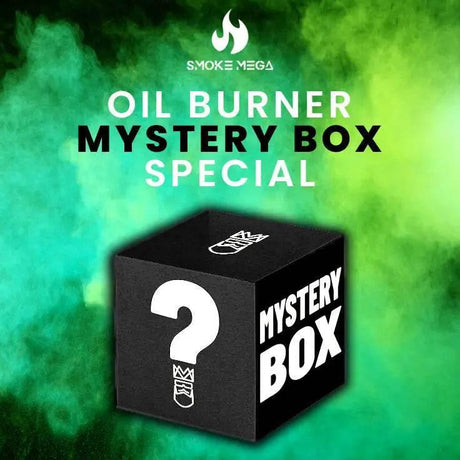Recent Posts
Quartz Banger vs. Traditional Dab Nail: Which Should You Buy?
Published on November 22, 2025
The Ultimate Thanksgiving & Friendsgiving Gift Guide: Perfect Picks for Every Budget
Published on November 12, 2025
Cyber Monday Steals: Top Bongs, Dab Rigs, and Oil Burners for the Best Value
Published on November 12, 2025
The Ultimate Black Friday Stocking Stuffer Guide (Awesome Gifts Under $30)
Published on November 12, 2025
Your Go-To Online Smoke Shop: Discover Top Bongs & Dab Rigs for Effortless Hits
Published on October 03, 2025
Top 3 Nectar Collectors For Sale In The USA
Published on July 20, 2025
Cultural Significance of Bongs Around the World
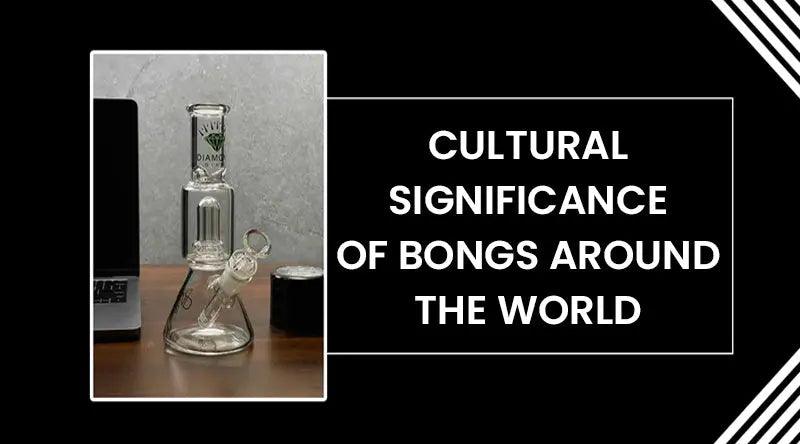
CP SMOKE MEGA |
Across different continents, bongs signify diverse meanings, from ceremonial tools in tribal societies to contemporary symbols of counter-culture. In Asia, particularly China during the Ming Dynasty, water pipes were popularized for opium use. Meanwhile, a startling 2017 study revealed that over 40% of cannabis consumers in the United States preferred bongs due to their smoother inhalation experience, showcasing a blend of historical significance and modern practicality.
Bongs hold cultural significance worldwide, from the intricate designs of traditional Chinese opium pipes to African tribal rituals and modern cannabis culture. They symbolize social status, artistic expression, and communal bonding while evolving in design and functionality to reflect societal changes across different eras and regions.
Historical Origins of Bongs
Bongs have a rich history spanning thousands of years. The earliest forms were simple and made from natural materials like bamboo and gourds. Some of the first known bongs date back to ancient tribal societies, where they were often used in ceremonies.
Archaeologists discovered ancient bongs in a Russian burial mound, believed to be over 2,400 years old. These were made of gold and belonged to Scythian chiefs. This shows that bongs were not only functional but also held significant value.

In Africa, tribes such as the Hmong and Bantu used pipes similar to bongs for smoking during rituals. They crafted these from readily available natural resources. Bongs were also significant in promoting social bonding and cultural traditions.
Asian cultures also have a long history with bongs, particularly in China during the Ming Dynasty. These water pipes were mainly used for smoking opium. The use of bongs continued to evolve, reflecting changes in societal values and available materials.
Bongs in Asian Cultures
Bongs have played a crucial role in various Asian cultures for centuries. These water pipes were not just used for smoking but also symbolized social status and tradition. Let's explore how bongs were integrated into daily and ceremonial life in different Asian societies.
Bongs in Ancient China
During the Ming Dynasty, bongs were extremely popular for smoking tobacco and opium. These were often finely crafted from metal and ceramics. The intricate designs highlight their cultural and artistic importance.
Bongs were considered a luxury item among the elite. High-quality materials like jade and glass were often used in their construction. This made them a status symbol in Chinese society.
Social gatherings among the wealthy often featured the use of these elaborate bongs. They served as a focal point for conversation and interaction. Their use was both a social activity and a display of wealth.
Korean Traditional Smoking Pipes
In Korea, traditional smoking pipes known as "guksa" were similar to bongs. These pipes had long stems and were used for tobacco. They were mostly made of bamboo and brass.
The Korean bong or guksa played a part in daily life, especially among elders. Smoking with friends and family was a common practice. This communal activity helped strengthen social ties.

Special ceremonies also incorporated the use of guksa. For instance, during harvest festivals, smoking these traditional pipes was a ritualistic practice. It symbolized prosperity and unity.
Bongs in Japan
Japanese culture also embraced the use of bongs, primarily for tobacco. The Japanese bong, known as "kiseru," featured a long, slender design. These were often carried as part of a person’s outfit.
Kiseru pipes were associated with the samurai class and later with Japanese theatre actors. They became symbols of refinement and elegance. The crafting of these bongs focused on both functionality and aesthetic appeal.
Using kiseru in social settings was a mark of sophistication. Friends and colleagues would gather to share a smoke, enjoying both the act and the artistry of the pipe. This practice remains part of Japan's rich cultural heritage.
Bongs in African Traditions
African tribes have a long history of using bongs, often incorporating them into various rituals and ceremonies. These bongs were usually made from natural materials like wood and gourds. Their design was simple yet functional, reflecting the practical needs of the users.
The Hmong and Bantu tribes, among others, utilized bongs not just for smoking but also as symbols of social status. In many cases, the more elaborate the bong, the higher the rank of the owner. This made bongs an important element of social hierarchy.

Smoking bongs was frequently a communal activity, bringing people together. It was common for members of a tribe to share a bong during social gatherings. This practice fostered a sense of unity and community.
Bongs also played a role in healing rituals conducted by tribal healers. They were believed to have medicinal properties, particularly when used with certain herbs. This dual purpose of bongs highlights their cultural and practical significance.
Contemporary Uses of Bongs
Today, bongs are widely used for smoking cannabis and tobacco. They are popular among both casual and dedicated smokers due to their ability to cool and filter smoke. This results in a smoother and more pleasant inhalation experience.
Bongs come in a variety of materials, with glass being one of the most common. Glass bongs are preferred for their transparency, allowing users to see the smoke. Many also appreciate their aesthetic appeal.
Innovations have led to bongs with features like ice catchers and percolators. These additions further enhance the smoking experience by cooling the smoke. Such features show how bongs continue to evolve over time.
In recent years, artists and designers have turned bongs into pieces of functional art. Custom and hand-blown bongs can be highly intricate and beautiful. These items often serve as both smoking tools and decorative objects.
Bongs are also a staple at social gatherings, adding an element of ritual to smoking sessions. Passing around a bong can be a communal activity that fosters social bonds. This practice links back to the traditional uses of bongs in various cultures.
The medicinal cannabis community also values bongs, as they can be gentler on the throat and lungs. Medical users often prefer bongs for their filtration benefits. This highlights the balance between functionality and health-conscious choices.

Role of Bongs in Cannabis Culture
Bongs have become iconic within the cannabis community for their efficiency and effectiveness. Many cannabis users prefer bongs because they provide a cleaner and more potent hit. This has made bongs a staple in cannabis culture.
The design of bongs greatly enhances the smoking experience. Features like percolators and ice catches help cool the smoke. These improvements make the inhalation smoother and more enjoyable.
Bongs also play a significant role in social aspects of cannabis use. Sharing a bong is a common ritual at gatherings and parties. It brings people together and creates a sense of community.
The visual appeal of bongs can't be overlooked either. Many users choose custom glass pieces that are as artistic as they are functional. This adds a personal and aesthetic touch to the cannabis experience.
In medical cannabis circles, bongs are valued for their ability to filter smoke. This makes them a preferred choice for patients who need to avoid harsh inhalation. The filtration helps reduce irritation to the throat and lungs.
Bongs have also become symbols of cannabis activism. They represent both the culture and the fight for legalization. The widespread use and acceptance of bongs highlight the ongoing shift in societal attitudes toward cannabis.
Artistic Significance of Bongs
Bongs have evolved from simple smoking tools to complex works of art. Today, artists all over the world create intricate and beautiful bongs. These pieces often reflect personal expression and cultural traditions.
Glassblowing has become a popular technique for crafting artistic bongs. This allows for a variety of colors, shapes, and intricate designs. Many glass bongs are unique, each a testament to the artist's skill and creativity.
Custom bongs can be commissioned for special occasions or as collector's items. These bongs often make use of high-end materials like borosilicate glass. The result is a functional yet visually stunning piece.
Beyond glass, artists also experiment with other materials. Ceramics, metals, and even wood are used in artistic bong creations. This variety showcases the endless possibilities in bong design.
In addition to individual artistry, cultural elements are often incorporated into bong designs. Traditional motifs and symbols add layers of meaning and history to these pieces. Such designs not only serve a practical purpose but also celebrate cultural heritage.
Bongs are also featured in art galleries and exhibitions. Some artists specialize in making bongs exclusively as art pieces. These exhibitions highlight the creativity and artistic value of bongs in contemporary art.

The Future of Bongs
The future of bongs looks bright with ongoing advancements in design and technology. Modern innovations aim to enhance user experience and functionality. These improvements help make bongs more efficient and enjoyable to use.
Sustainable materials are becoming more important in bong construction. Options like recycled glass and bamboo are gaining popularity. This shift reflects a growing awareness of environmental issues.
Smart technology is also making its way into bong design. Some modern bongs feature temperature control systems and digital displays. These additions provide users with greater control over their smoking experience.
The artistic aspect of bong creation will continue to thrive. Advances in glassblowing techniques allow for even more elaborate designs. Artists are constantly pushing the boundaries of what's possible.
Customization options are expanding, allowing users to personalize their bongs more than ever before. From unique color schemes to custom engravings, the possibilities are endless. This trend highlights the bong's role as both a functional device and a personal expression.
Cultural acceptance is also on the rise, which could pave the way for mainstream use. As societal attitudes towards cannabis shift, so too will perspectives on bong use. This evolving landscape promises an exciting future for bongs and their users.
Key Takeaways
- Bongs are culturally significant in various societies worldwide.
- They symbolize social status and artistic expression.
- Traditionally used in rituals and ceremonies across different regions.
- Modern bongs reflect evolving designs and functionalities.
- Bongs foster communal bonding and cultural practices.
Frequently Asked Questions
Bongs have a rich history and diverse cultural significance. Here are some commonly asked questions to help you understand more about their fascinating role in different societies.
1. What materials are used to make bongs?
Bongs can be made from a variety of materials, each with its own benefits. Common materials include glass, acrylic, ceramic, and bamboo. Glass bongs are popular for their purity and ability to provide a clean taste.
Acrylic bongs are durable and available in many colors, while ceramic options often feature artistic designs. Bamboo bongs offer a more natural look and feel but may require more maintenance.
2. How do features like percolators enhance the bong experience?
Percolators help cool down the smoke by forcing it through water multiple times before inhalation. This creates smoother hits that are easier on the lungs. They also help filter out impurities from the smoke.
The intricate designs of percolators can add both aesthetic value and functionality to a bong. From tree percs to honeycomb styles, each type has unique advantages tailored for user preference.
3. Are bongs only used for smoking cannabis?
No, bongs have historically been used for smoking various substances, including tobacco and herbal mixes. In some cultures, they were even used ceremonially with traditional herbs.
While they are most commonly associated with cannabis today due to legalization efforts and cultural shifts, their use is not limited to any one substance.
4. Why do some people prefer using handmade or custom bongs?
Handmade or custom bongs offer a unique blend of functionality and artistry. Many users appreciate owning one-of-a-kind pieces that reflect their personal style or cultural influences.
The craftsmanship involved in making custom bongs often results in higher quality products that perform better than mass-produced alternatives. This makes them valuable both as tools and as collectible art pieces.
5. How has the perception of bong use changed over time?
The perception of bong use has evolved significantly over the years. In many cultures, it transitioned from being seen as taboo to becoming widely accepted, especially in places where cannabis is legalized.
This shift is partly due to increased awareness of medical marijuana benefits and changing societal attitudes towards recreational drug use. As legalization spreads, so does public understanding and appreciation for these ancient tools.
Conclusion
Bongs have journeyed from ancient cultural artifacts to modern-day symbols of art and function. They serve not only as smoking devices but also as pieces of history and art. This evolution reflects both technological advancements and cultural shifts.
Across the globe, bongs continue to embody a mix of tradition and innovation. Their enduring appeal lies in their ability to adapt while preserving their cultural roots. As society evolves, so too will the role and perception of bongs.

